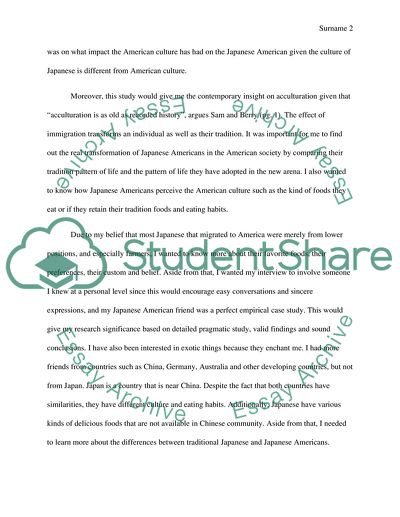Cite this document
(Japanese American Ethnic Group: Culture and Food Practices Term Paper, n.d.)
Japanese American Ethnic Group: Culture and Food Practices Term Paper. Retrieved from https://studentshare.org/culture/1867515-an-exploration-of-japanese-immigrant-eating-habits
Japanese American Ethnic Group: Culture and Food Practices Term Paper. Retrieved from https://studentshare.org/culture/1867515-an-exploration-of-japanese-immigrant-eating-habits
(Japanese American Ethnic Group: Culture and Food Practices Term Paper)
Japanese American Ethnic Group: Culture and Food Practices Term Paper. https://studentshare.org/culture/1867515-an-exploration-of-japanese-immigrant-eating-habits.
Japanese American Ethnic Group: Culture and Food Practices Term Paper. https://studentshare.org/culture/1867515-an-exploration-of-japanese-immigrant-eating-habits.
“Japanese American Ethnic Group: Culture and Food Practices Term Paper”, n.d. https://studentshare.org/culture/1867515-an-exploration-of-japanese-immigrant-eating-habits.


